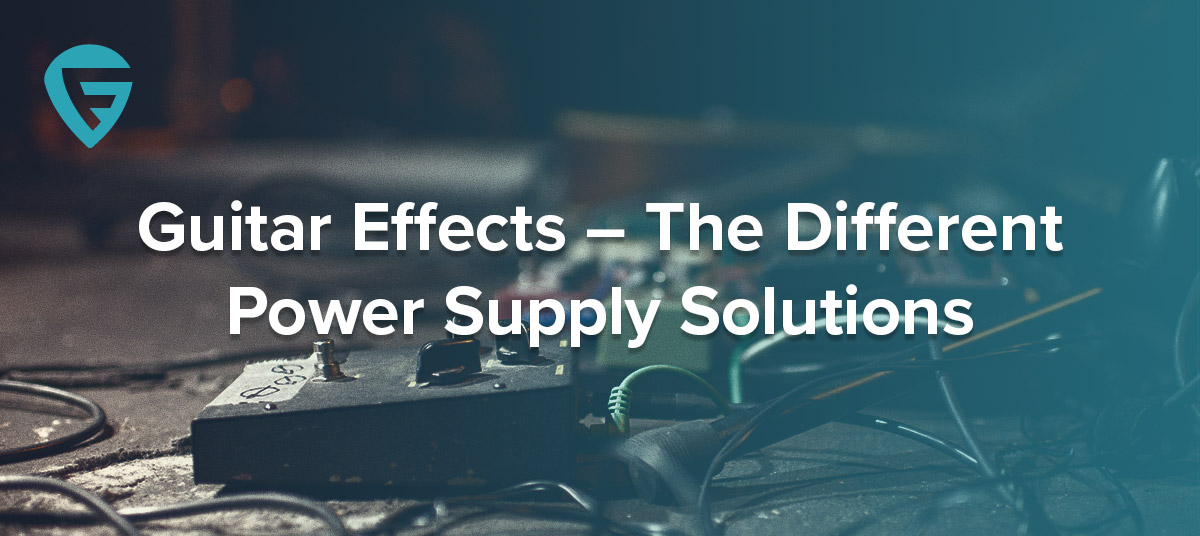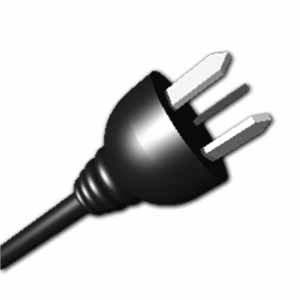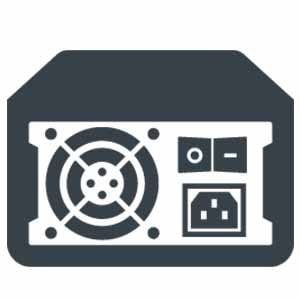- Home
- Instruments
- Gear
- Recording
- Lessons
- Reviews
- Blog

Guitar effects pedals completely changed the game when they first appeared. Before that point in time, the only way you could achieve signal distortion was using your amp. Today, there are hundreds of different guitar effects pedals on the market, which offer a wide variety of effects.
If you'd like to know what are some of the best guitar pedals on the market right now, check out our list for more info. What almost all pedals have in common is the fact that you need to power them somehow.
Today we are going to take a look at different options you have when it comes to powering your guitar pedals, and discuss which ones are optimal for certain applications.
If you have guitar effects pedals, or you are thinking about owning some, you will need to dedicate some time and money to solving the issue of power. Most modern pedals require additional power in order to perform their function.
You have three options at your disposal which you can use to supply the power to the pedals. There are batteries, power adapters, and power supplies. Each of these have their pros and cons, so let's talk about each one in particular.
One of the main advantages of using batteries as your source of power is convenience. You don't need any additional gear, and you won't depend on power sockets when you decide to plug your guitar in and play.
Another great thing about batteries is the fact that there is no signal interference. If you need impeccable sound, this alone is enough of a reason to take this approach to powering your guitar pedals. With all that said, there are some limitations to using batteries.
First and foremost, you are looking at a limited time frame before the battery runs out. For home use and practice, this isn't really an issue. However, if you are going to perform on stage, the last thing you want is to run out of juice in the middle of your performance.
Additionally, if you have more than a few pedals mounted on a pedalboard, keeping track of all the batteries and their levels is pretty hard. Not to mention the fact that you have to remove the pedal from the board if you want to change the battery.
 Another way you can power your guitar pedals are power adapters. Just like any other adapter out there, you plug the unit into a wall socket and then connect it to your pedal using a cable. Power adapters solve a lot of the issues that plague batteries.
Another way you can power your guitar pedals are power adapters. Just like any other adapter out there, you plug the unit into a wall socket and then connect it to your pedal using a cable. Power adapters solve a lot of the issues that plague batteries.
There is no limited period of use, and you won't have to open the battery up. On the other hand, power adapters are not shielded, which means that you will get some signal interference. On top of that, using power adapters for more than two pedals becomes an organizational issue.
Each adapter will need a dedicated power socket, so plugging in more than two pedals at a time will require a power strip at least. Finally, power adapters don't really work that well with pedalboards. If you are stacking two rows of pedals one above the other, the top row will block the power connectors of the bottom one.
 Lastly, there are power supplies. This is probably the best way of powering more than one guitar pedal. Power supplies are capable of delivering stable power to a large number of pedals at the same time. These units are shielded in most cases, so signal interference is not an issue. You will only need one power socket to run this setup, making it a perfect choice for gigs or practice sessions.
Lastly, there are power supplies. This is probably the best way of powering more than one guitar pedal. Power supplies are capable of delivering stable power to a large number of pedals at the same time. These units are shielded in most cases, so signal interference is not an issue. You will only need one power socket to run this setup, making it a perfect choice for gigs or practice sessions.
Power supplies are designed to be used with pedalboards, and work the best in that type of configuration. You mount them below the main board, and route cables in a clean way depending on the design of your particular pedalboard.
The only detriment to using power supplies is their price and the fact that they are not as practical when you only use one or two guitar pedals. With that said, power supply units are the choice of professionals as they are reliable, and offer the type of performance necessary.
Figuring out the best way to power your guitar pedals is something every guitar player will have to decide for themselves. We've shown you three methods which are in use today, and what their pros/cons are. As you can see, each one of these works the best in certain applications, so there is no perfect solution. Generally, you want to avoid using power adapters during live performances due to the signal interference, which can be pretty bad at times.
Batteries are useful if you have a small number of pedals, and they are what most guitar players use in that scenario. As long as you can keep track of when you changed the batteries, and have some extra ones in your kit, you should be fine.
Power supplies are the best solution for those who have more than a few pedals mounted on a pedalboard. If you can make that investment, you will find this solution to be the best one of them all.

Reader Interactions